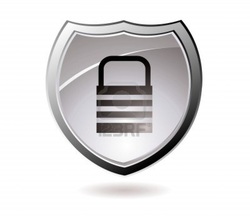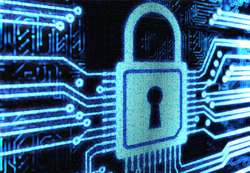
With the available choices on the placement information systems in organization, it would just boil down to the willingness and ability of the organization to allocate resources on the matter. Time, money, people, and efforts are all at stake in this matter.
It is up for the organization to plan cautiously the creation and development of their information system. While it is ideal that from the start system engineering be in place, it also entails high expenditure. And with the presence of pre-packaged systems, it is hard to weigh the options especially that these pre-made systems have advantages of their own like being made by certain vendors specializing in making systems in different fields like Oracle, IBM, and others. The problem posed by patronizing the pre-packaged systems is vendor-dependence. And when different vendors of systems are incorporated in ones organization, consolidation and merging of all these systems will be difficult – as what most companies nowadays are experiencing.
Of course, the organization wants what is best for it and therefore would exert all necessary measure to invest on what it deemed necessary- and in reality, information system is not that given much priority as to this.
Information is vulnerable in every way no matter where you look at it. There will always be a loophole or more on the security and safety of information. What organizations can do is to increase safeguards – human and technical. Human safeguards are, by the lines, measures of training and preparing people in different situations to protect information. Directly, endusers are the ones involved – may they be frontliners, managers or even executives. As counterpart of the human measures, there are also technical measures to ensure the safety and security of information. From the basic passwords and individual authority limits to as complex are firewalls and virus protection applications. When both these human and technical measures are in place, it is less likely that the information system in ones organization is at risk.
It is up for the organization to plan cautiously the creation and development of their information system. While it is ideal that from the start system engineering be in place, it also entails high expenditure. And with the presence of pre-packaged systems, it is hard to weigh the options especially that these pre-made systems have advantages of their own like being made by certain vendors specializing in making systems in different fields like Oracle, IBM, and others. The problem posed by patronizing the pre-packaged systems is vendor-dependence. And when different vendors of systems are incorporated in ones organization, consolidation and merging of all these systems will be difficult – as what most companies nowadays are experiencing.
Of course, the organization wants what is best for it and therefore would exert all necessary measure to invest on what it deemed necessary- and in reality, information system is not that given much priority as to this.
Information is vulnerable in every way no matter where you look at it. There will always be a loophole or more on the security and safety of information. What organizations can do is to increase safeguards – human and technical. Human safeguards are, by the lines, measures of training and preparing people in different situations to protect information. Directly, endusers are the ones involved – may they be frontliners, managers or even executives. As counterpart of the human measures, there are also technical measures to ensure the safety and security of information. From the basic passwords and individual authority limits to as complex are firewalls and virus protection applications. When both these human and technical measures are in place, it is less likely that the information system in ones organization is at risk.

 RSS Feed
RSS Feed